In what is now a continual series of intention and unintentional leaks before the Armstrong-Oprah interview this Thursday, it now appears that the disgraced pro cyclist has turned down plans for a 3D version of his widely anticipated doping conversion.
According to one person who knowledge of the discussions between Oprah and Armstrong, the famous talk show host suggested a 3D version. However, Armstrong and his legal team rejected the proposal.
“We said that 3D would bring an extra closeness to the experience of Lance’s heart-to-heart with Oprah,” said the source. “Like if Lance gestures with his hand to make a point, that hand would feel like it was reaching right into people’s homes. That would be so cool.”
However, the Armstrong team rejected the idea, feeling that it was gimmicky and cheapened the two part media extravaganza so heavily merchandized by the Oprah people.
“I’m guessing Lance didn’t like the 3D effect because it makes his confession into an animated cartoon,” said media analyst Steven Forbert. “But he forgets the innovative use of 3D in new movies like Texas Chainsaw 3D and the Hobbit.”
The course, who was present during the 3D discussion, details a heated debate over the technique and the pros and cons of the technology. “Oprah was thinking that she would widen the potential audience to kids if 3D could bring Lance to life in a more dramatic way,” said the source. “It would add more dimension to the emotional apology.”
Armstrong’s legal team was apparently split over whether the 3D approach was a good idea and Armstrong himself mulled over whether the 3D look would help his own kids enjoy the show.”
“Lance has always been a tech guy, an early adopter. He knows that 3D is cool — like when Gollum’s ring drops on the rocks and bounces out toward the audience,” said Forbert. “He people did look at the market penetration of 3D flat screens but I don’t think the numbers justified the choice. However, I suspect the 3D decision was one he weighed very carefully.”
At least one media critic was skeptical of the 3D approach. “Lance made the right call,” said Derek Simmons, who teaches Perceptual Technology at Texas Tech. “If you want to “meet” your moment, you don’t use hyper reality. You want to keep it genuine. You don’t want tears splashing out at the viewer.”
The Oprah Next Chapter interview is Armstrong’s best and last opportunity for redemption in the wake of the USADA Reasoned Decision. Ultimately it is for the public at large to decide if 3D was the right decision.


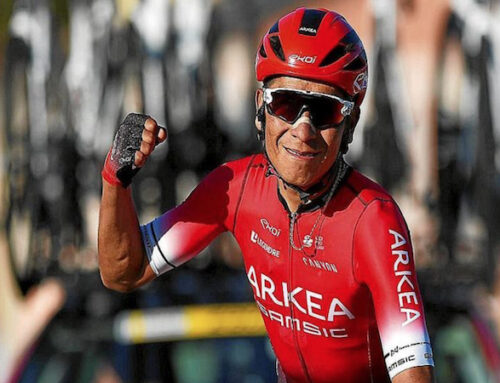
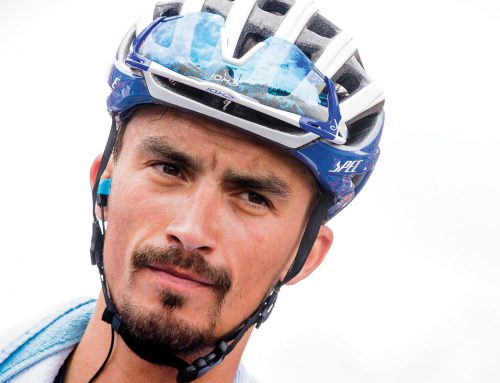
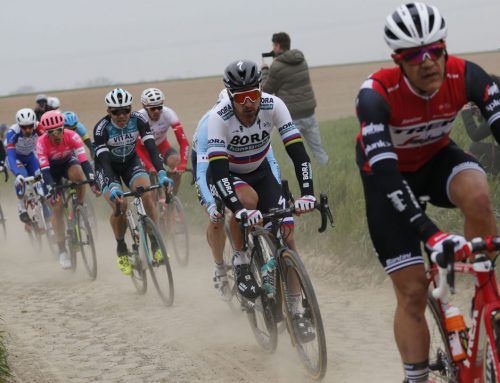
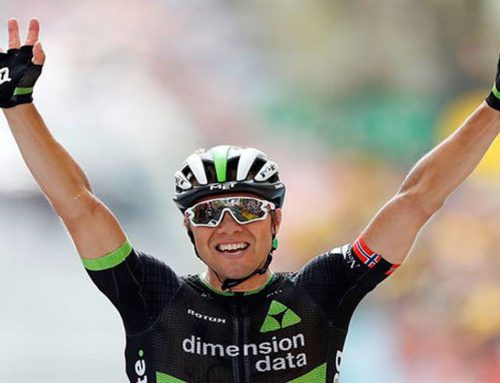
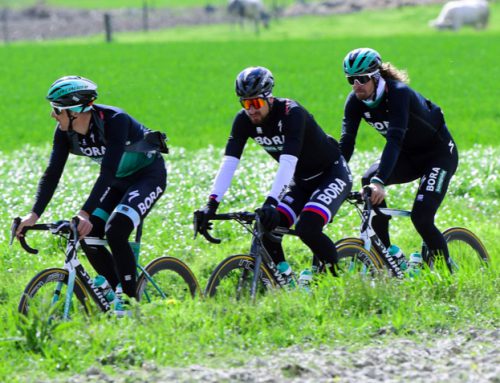
Leave A Comment